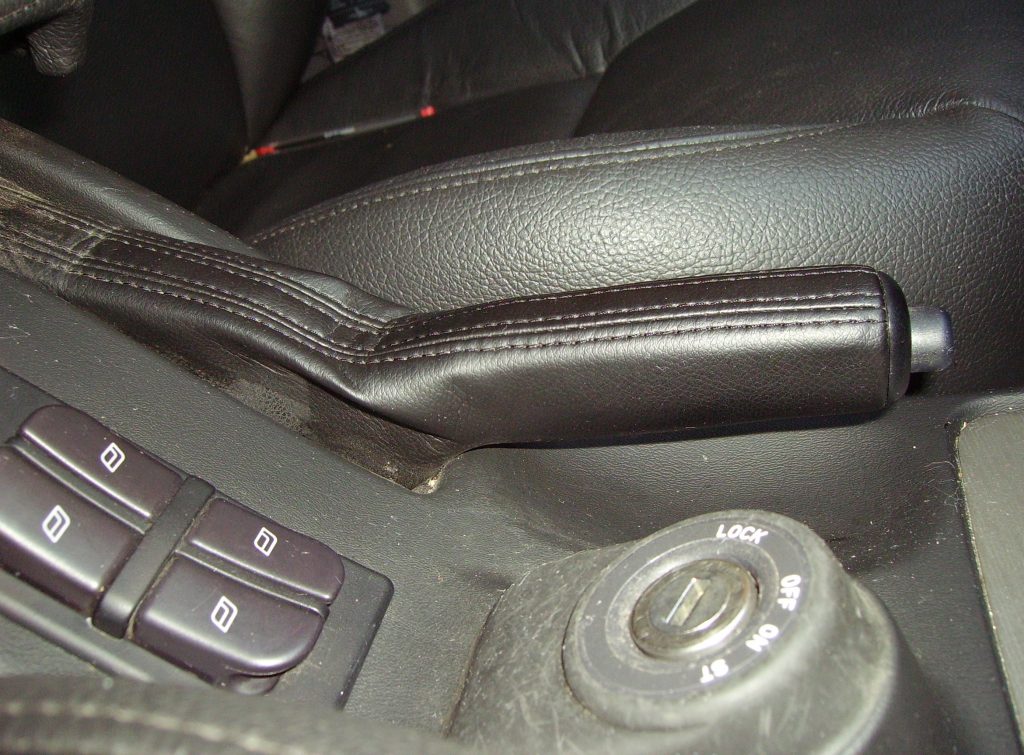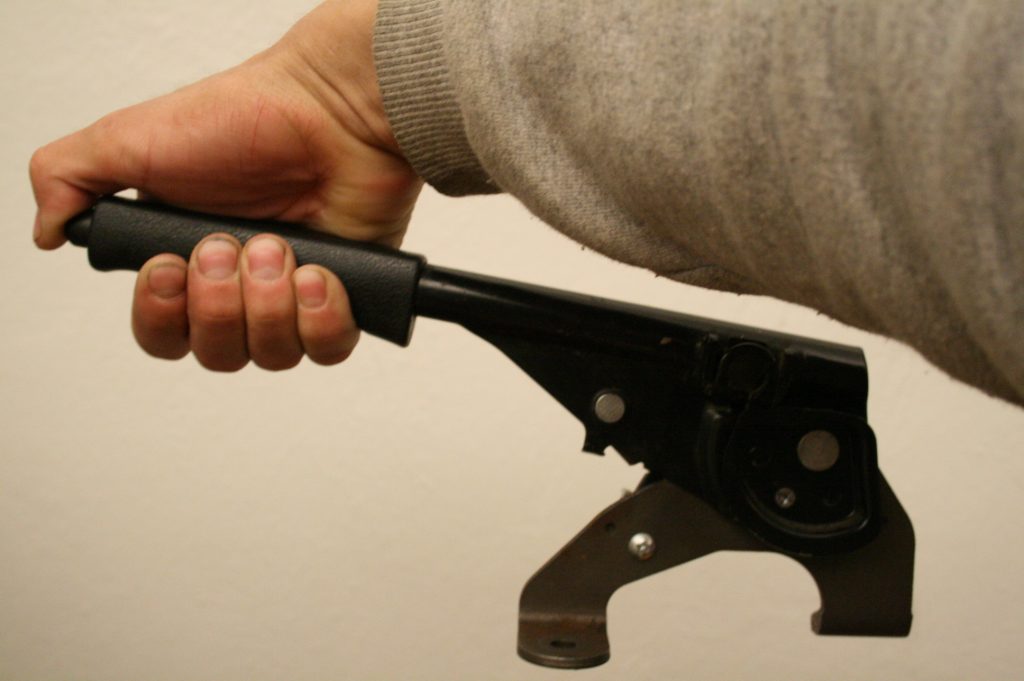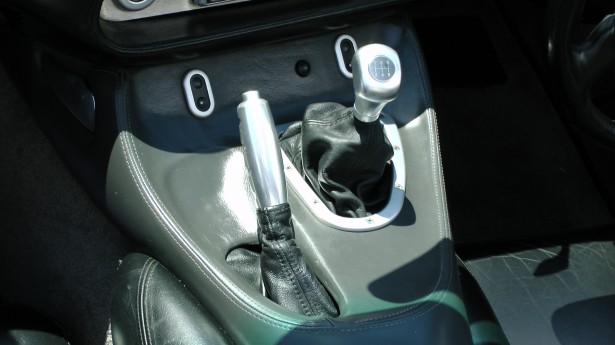The hand brake, parking brake or emergency brake is an active safety device that you should check regularly. Our advice on the procedure in this post!
Hand Brake Adjustment: Definition of the Hand Brake
The hand brake is an independent device that must be driven by mechanical controls: it must lock the vehicle when stationary, allow it to start on a hillside and serve as an emergency brake.
As defined in the Highway Code, a vehicle must be equipped with two independent braking devices to stop and keep the vehicle at rest. It must include an emergency brake device, equipped with separate controls, maintained in the application position through a purely mechanical device.
Note: Uneven brake wear should be easily compensated by manual or automatic adjustment of the handbrake.

Operation of the Hand Brake
The hand brake acts on both wheels of the same axle (front or rear): it consists of a control lever connected to two cables, allowing the braking elements of the wheels to be activated.
It has a manual and automatic adjustment device and can act directly on the elements of the service brake: stirrups; pads and discs; brake shoes and drums (brake elements positioned on the wheels).
Good to know: The electrically operated hand brake is now available in many newer vehicles. Cars generally no longer include a manual adjustment device.
Types of Handbrake Adjustment
The adjustment of the hand brake is necessary due to the wear of the friction parts (pads or shoe linings), which increases the stroke of the hand brake lever. Two adjustment solutions overlap each other:
Manual adjustment: it is a system with adjustment screws, located on the cable or linkage device, allowing the length of the controls to be adjusted, thus the stroke of the hand brake lever.
Automatic adjustment: for drum brakes, it ensures a constant brake shoe spacing by a system of levers and ratchet. For disc brakes, it is a device integrated into the brake caliper that compensates the piston stroke according to the wear of the pads.
Good to know: Drum brakes, which are in the process of disappearing, often require an adjustment of the hand brake (seizure of the catch-up system, clogging), leading to the removal of the drums.

Procedure for Adjusting the Hand Brake
The handbrake adjustment is checked at each overhaul and if the stroke of the handbrake lever is too long. This verification is carried out in two places:
Under the chassis: It will require intervention under the vehicle to access the adjustment mechanism, which consists of an adjustable threaded rod, more rarely an adjustment on each wheel cable.
In the passenger compartment: In this case, the adjusting screw is located near the hand brake lever, often requiring partial undressing or removal of the centre console.
Hand Brake Linkage Problems
The malfunction of the hand brake can also be caused by the poor condition of the wheelhouse, i.e. the assembly of cables, rods and transmissions connecting the handle to the brake components. As this wheelhouse is located under the body of the car, it is not uncommon for it to be corroded or even clogged with mud splashes.

Some D-I-Y Tips:
– Lift the car to the jack and safely slide underneath.
– Examine all the parts that make up the wheelhouse and do not hesitate to replace those that seem to you to be in poor condition.
– Spray an anti-seize agent on the corroded parts and, in particular, any joints within the area.
– Work on the flange or the control linkage of the parking brake. A set of two keys is usually required.
– Test the lever for proper operation. The brake handle must hold alone once it has been pulled. The notch allowing the handle to lock must, therefore, be in perfect condition. Replace this device (and usually the entire handle) as soon as possible in case of wear.
Adjusting the Hand Brake on the Lever
On cars allowing intervention at the lever, the cables are adjusted directly on the control lever itself:
– Loosen the lock nuts with a flat spanner of the appropriate size;
– Screw the adjustment nuts evenly on each side to achieve a hand brake lever stroke of about three clicks. Once this setting is reached, all you need to do is tighten the locknuts.

Adjusting the Hand Brake on the Caliper
On vehicles with a device acting on a caliper specific to the hand brake, the adjustment of the hand brake guard is made directly to the caliper located on top of the brake disc, adjacent to the differential. There is, therefore, a cable adjustment to be made. This is the most common procedure for many cars.
If despite a good adjustment of the guard, the hand brake still does not work properly, the pads should be replaced (unless a cable is broken, which is rare).
The replacement of hand brake pads is done in much the same way as for main brake pads.
For rear disc brakes, the brake pads should be adjusted by a professional mechanic because of their level of difficulty.
Hope the above helps you out, but in case of doubt, it is best to let your car in the hands of an expert.




